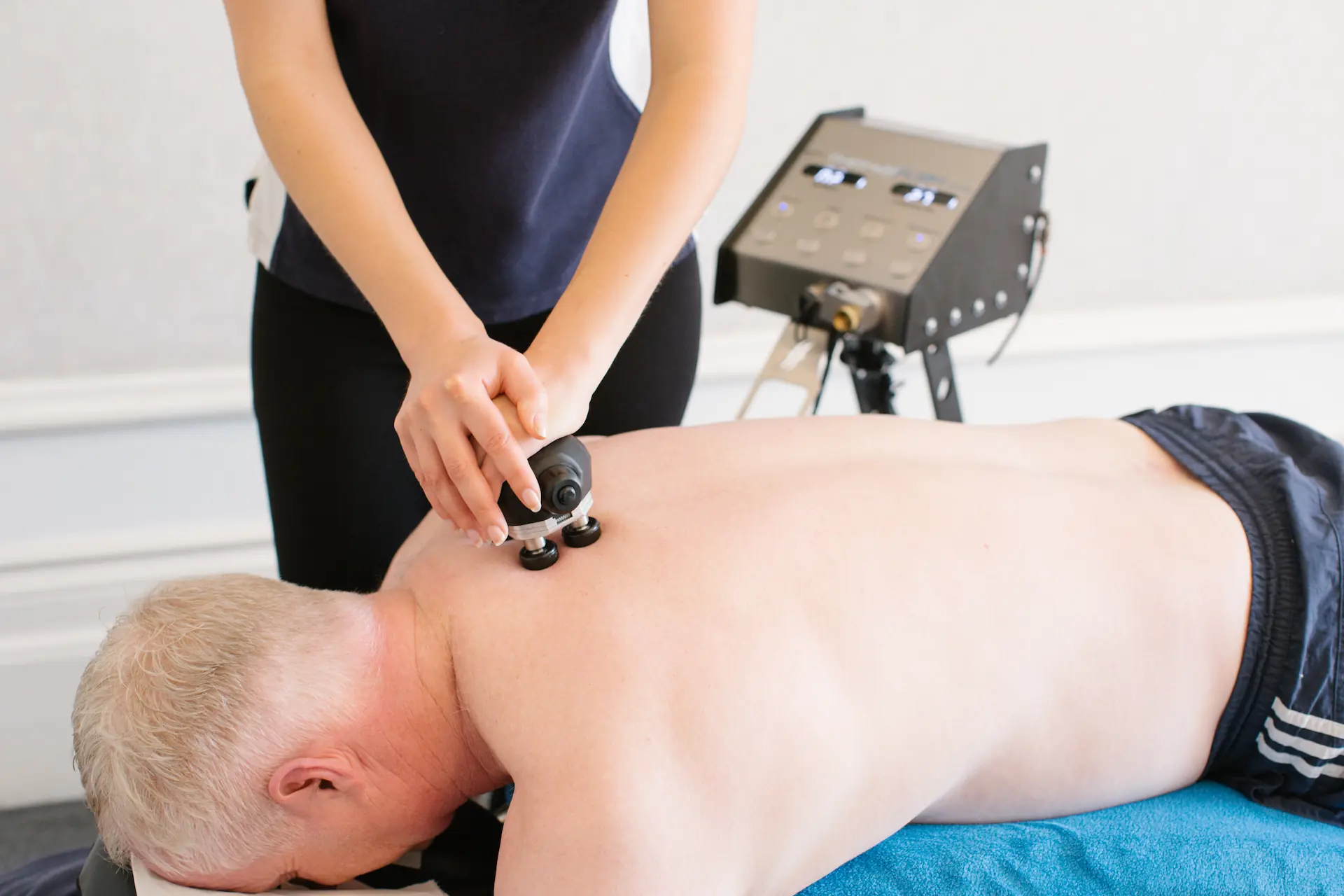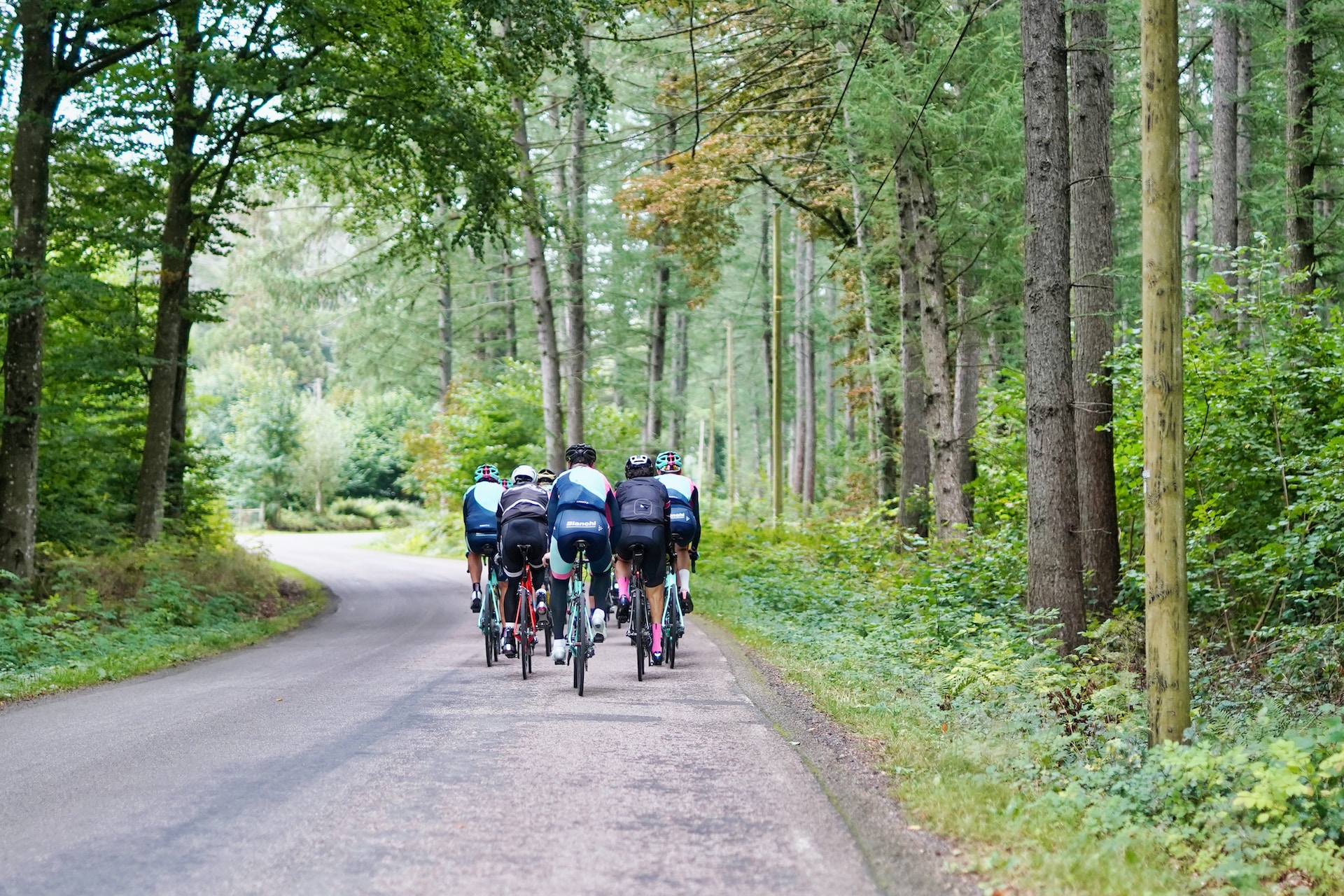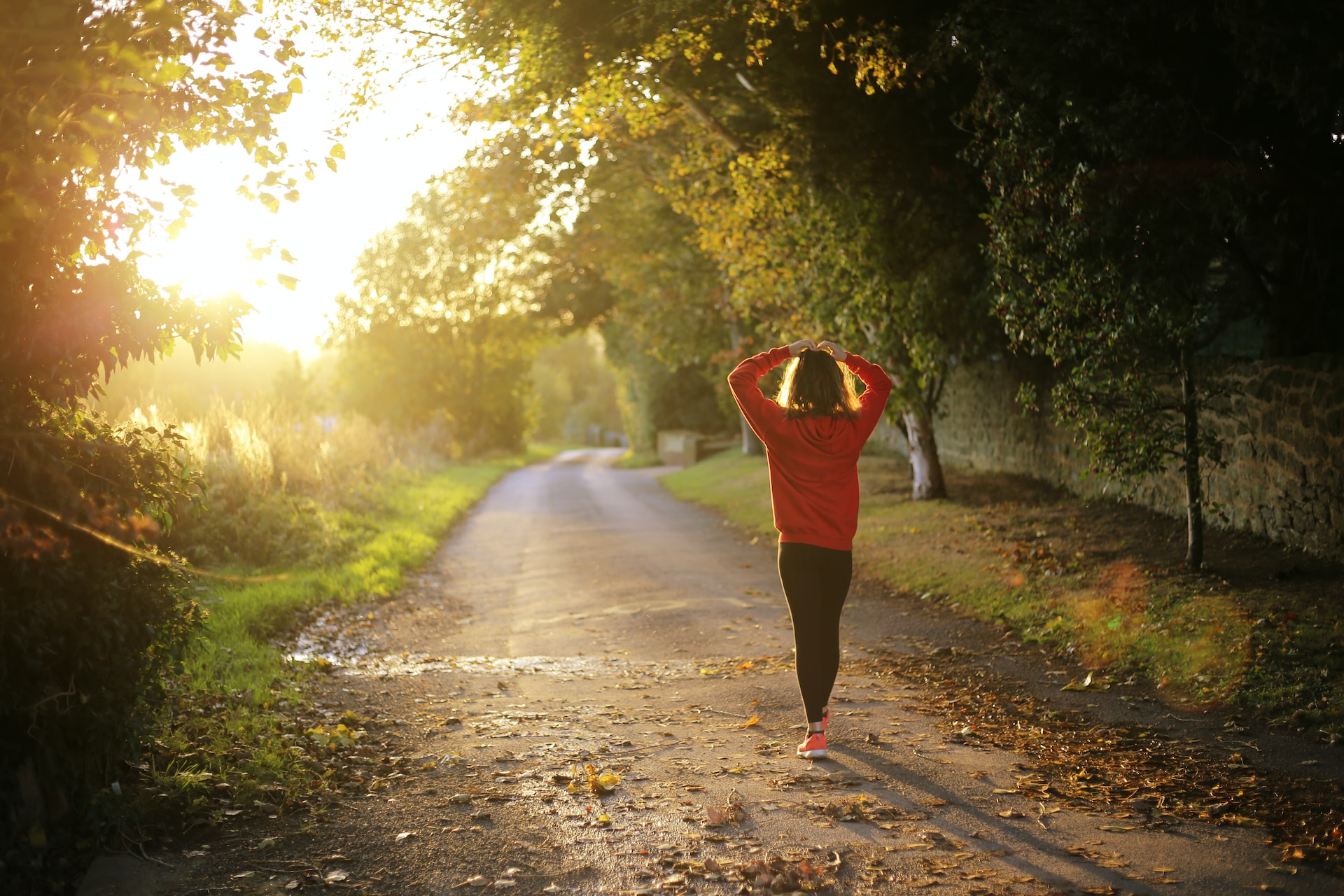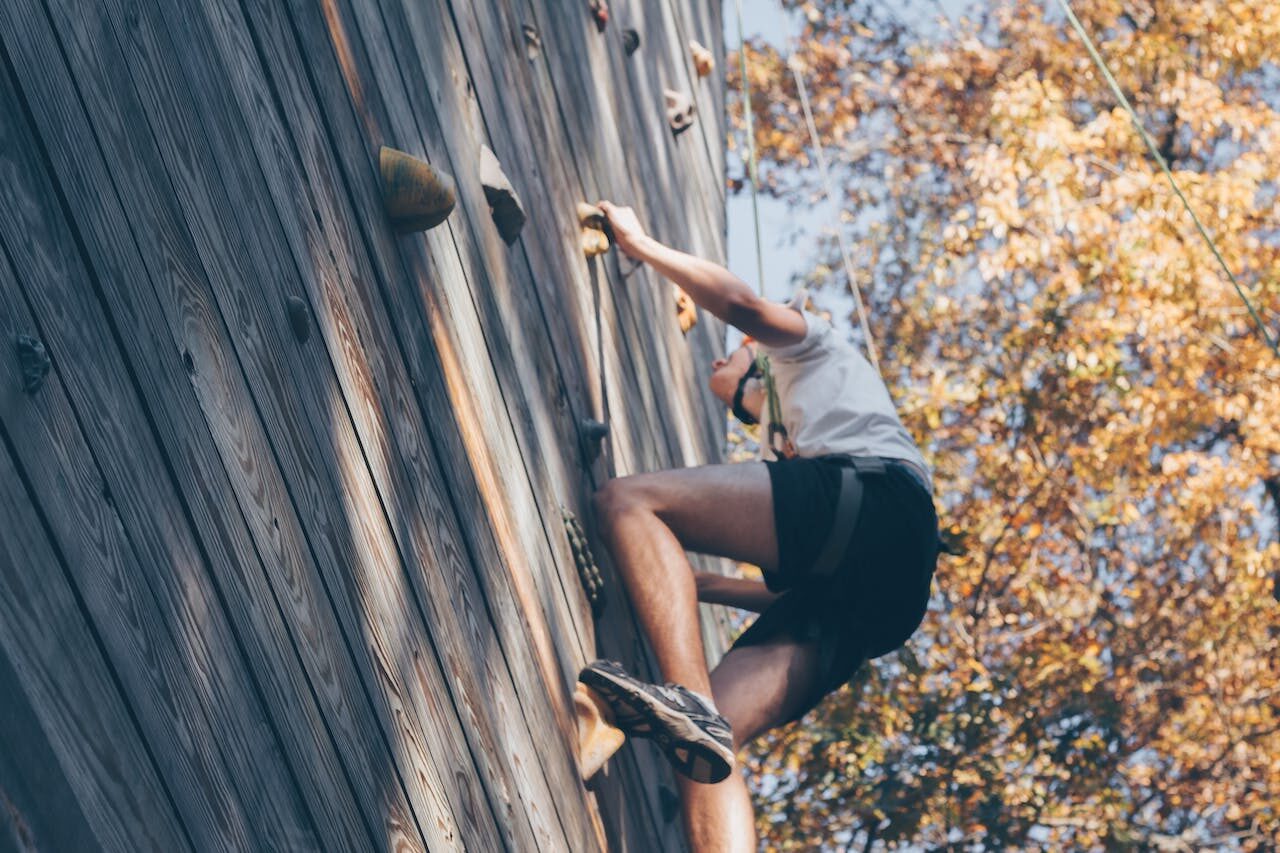Golf Injuries
The majority of golf injuries occur in the back, shoulders, elbows and knees. This is because of the bending and twisting of the spine during the golf swing.
Common Injuries From Golf
Golf is often played by people of a variety of different ages and abilities. While traumatic injuries are rare, most golfers will experience issues that require a physiotherapist at some point. The majority of golf injuries occur in the back, shoulders, elbows and knees. This is because of the bending and twisting of the spine during the golf swing.
At Sheffield Physiotherapy, we can help you understand why and how your golf injury has happened and give you advice and guidance on posture and equipment. Through our specialist treatment, we can help decrease the pain and stiffness you’ve been experiencing and get you back in the game.
Golfing Shoulder
The shoulder is a complex structure and functions most effectively when the muscles surrounding it are working together in synergy. Stiffness and improper movement through the spine affects the activation of muscles involved in the golf swing. This can lead to changes in the bio-mechanics of the shoulder movement and therefore plays a major part in a lot of shoulder pain. The movements become painful and limited in range because of minor tearing and inflammation in the tissues.
Back pain in Golf
Most of the back pain golfers experience comes from a difficulty of rotating the spine. The soft tissues and joints in and around the spine become stiff and resist movement, stopping the golfer from achieving the optimal swing.
Around 1 in 3 golfers are thought to have a ‘C’ shaped, rounded posture. This means the golfer is meeting the ball by bending the spine instead of bending at the hip. This locks the spine, causing stress on it before the swing has even begun. As the golfer rotates through the swing, force is not equally distributed throughout the body. Stress and trauma begins to build in the tissues. This mostly accumulates in the back and shoulders but can also manifest into the elbows, in a condition aptly named ‘golfers elbow’.
About 1 in 4 golfers have an ‘S’ shaped posture when addressing the ball. This is where the back has an exaggerated lower back arch. This posture puts a huge amount of stress force on the muscles, ligaments and discs of the back. Over time, these tissues can become damaged.
If the back becomes stiff, the correct posture cannot be maintained, or even achieved due to the pain and lack of mobility. This severely limits the performance of the golfer.
Elbow pain
Golfers elbow is also known as ‘Medical Epicondylitis.’ Pain and tenderness presents around the inner aspect of the elbow. Pain may also manifest on the outer aspect of the elbow, which is called ‘Lateral Epicondylitis.’
Elbow pain is often the result of an improper address posture resulting in altered swing bio-mechanics. As the swing is repeated over and over, significant stresses are placed on the muscles. This over use causes an inflammatory process to begin and soon these soft tissues become painful and limit movement.

How Can Physiotherapy Help Golf Injuries?
At our clinic, a physiotherapist will assess how the golfing injury happened by evaluating your posture and the biomechanics of your swing. We will be able to help you prevent further injury and optimise performance by helping you achieve the correct posture.
After an assessment, we may recommend Theraflex therapy. This helps to restore mobility and reduce stiffness throughout the entire spine.
How Can I Prevent Golf Injuries?
- Strengthen your chest, back and forearm muscles.
- Do not over swing.
- Select the right equipment. Use a club with a large, soft grip. An iron with a large head and a graphite shaft will lessen vibration. Select a club with the correct length. The end of the club should extend slightly beyond the palm of the leading hand.
- During your back swing, rotate the shoulder and hip about the same amount.
How Can I Help Myself?
- Take Non Steroidal Anti Inflammatory medication (NSAID).
- Elevate the area.
- Rest.
- Put an ice pack on the area.
- Give the area a gentle massage
- Try and gently stretch the joint.
- Compress the area with a bandage.
Book A Free 20 Minute Consultation
Are you unsure if Physio Can Help?
Join Us Online for a Free 20 min Physiotherapy Assessment & Advice Session or attend the clinic for a 60 min hands-on physiotherapy assessment and treatment session
Similar Injuries

Cycling Injuries
Cycling involves as many as 5,000 revolutions an hour in the peddle cycle. When the tissue in the body is repetitively stressed in this way, injury occurs. No wonder over 95% of cyclists report having experienced an overuse injury at some point.

Running Injuries
Most runners end up seeing a physiotherapist at some point in their running career, whether they run for recreational or competitive reasons. There is a good chance you have experienced an injury already.

Climbing Injuries
Whilst traumatic injuries such as falls and equipment malfunctions do occur, the majority of climbing injuries are due to the repetitive elements that climbing involves.
Take The First Step To A Pain-Free Future
Book an Appointment Online
Ask a Question
Fill in this form and one of our friendly team members will be in touch
Contact Details
Give us a call
Drop us an email
Visit us
476 Ecclesall Road, Sheffield, S11 8PX
Opening Times
Monday
08:00-18:00
Tuesday
08:00-18:00
Wednesday
08:00-18:00
Thursday
08:00-18:00
Friday
08:00-17:00
Saturday & Sunday
Closed
